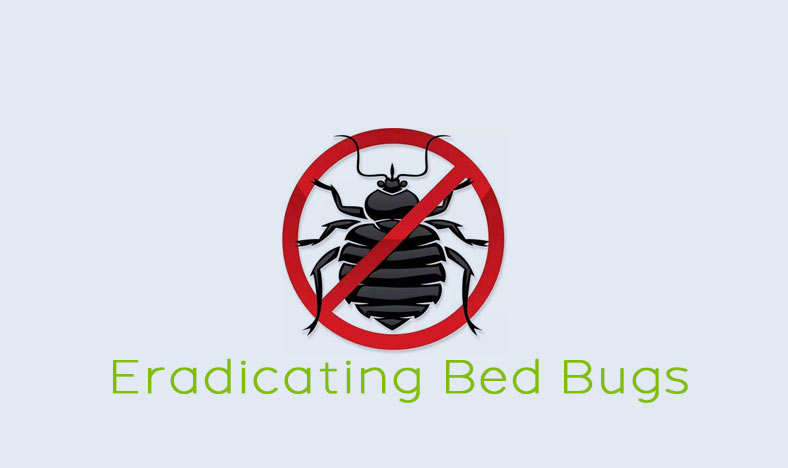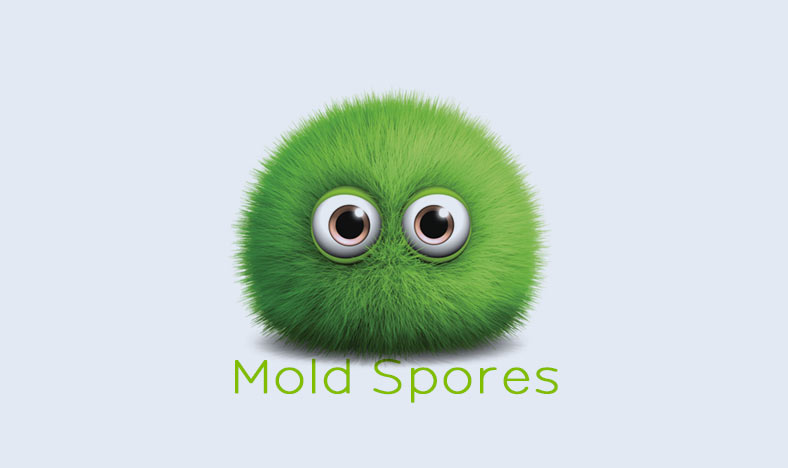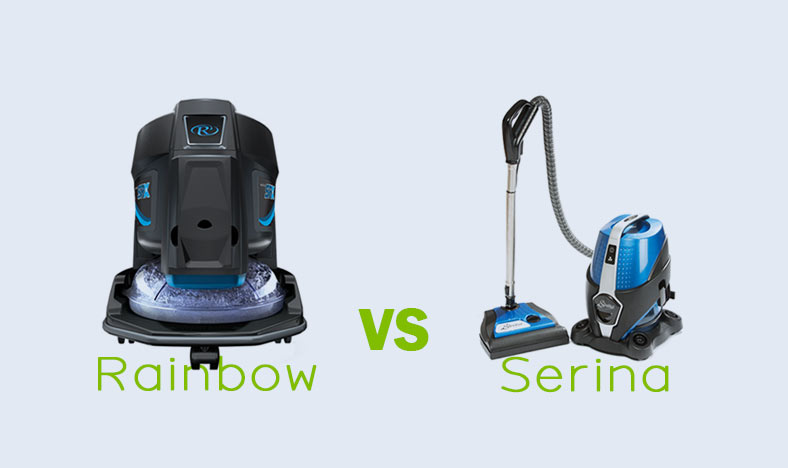A mere two decades ago, for most of us, bed bugs were just part of a cute little nighttime axiom – “Sleep tight, don’t let the bed bugs bite!” However, nowadays bed bugs have become a very real concern. Many hotels are getting a bad rap for the little pests, and with so many businesses requiring national and international travel from their employees; these vermin are spreading like a virus.
Bed bugs, similar to fleas, need blood to survive. They accomplish this by biting their hosts or, more accurately, by inserting a beak-like feeding tube into the skin of the host and drawing out the blood. They are so tiny (not to mention we are usually sleeping!) that this will go unnoticed by the host until the bites later turn into itchy welts. Bed bugs tend to live close to their food and, since they are more active at night, this means that they will most often be living in the bedding and mattresses in your home. Hence the name; Bed Bug.
These little pests breed quickly, are resilient, and hard to see, which makes them difficult to get rid of once an infestation has occurred. But before you go calling exterminators and spending a fortune to be free of them, there are some steps that you can take to eliminate them from the home yourself.
An ounce of prevention is worth a pound of cure
Before we go over the process of getting rid of these insects, though, I think it important to discuss avoiding them in the first place. Bed bugs used to be known to thrive in dirty, cheap hotels, and unsanitary homes. However, the truth is they can be found in the most immaculate of homes or ritziest hotels. They simply need a way in and a food source, which is why it is important to know how to avoid passing them into your home.
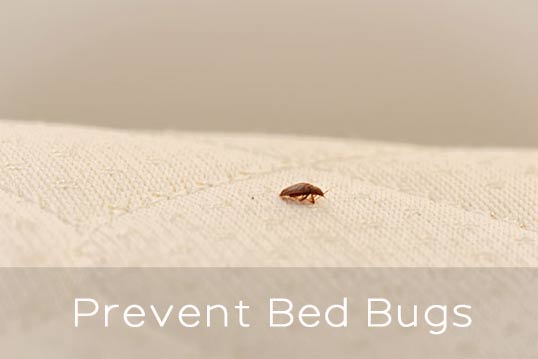
First, it is vital to know what they look like. They are small, but not microscopic, so you can see them with the naked eye. They are brownish in color and have flat, oval shaped bodies; yet after feeding the bodies won’t look so flat.
I visualize that because, if you stay in a hotel, the first thing you should do when entering the room is pull back the bedding and look for them. Check in the corners of the mattress, in pillowcases, and the hems of bed spreads. Most hotels now use sealed mattress covers, which is great, but look under the mattress and around any crease that could provide refuge.
It’s also not a bad idea to seal your luggage in a garbage bag while at a hotel. Once you get out the items you need, seal it back, and toss the bag in the garbage as you leave. On your return home, it’s not a bad idea to leave the luggage in the car for a day, especially in hot weather because heat will kill the insect.
In your own home, a sealed mattress cover isn’t a bad idea either. You should also make sure to keep the home free of clutter like paper, clothes, and magazines on the floors. Vacuuming often, and washing bedding, carpet, and furniture will also help to prevent an infestation if one or two happen to make it into your home.
However, if you think you already have an infestation of bedbugs in your home, there are some steps you can take to kill them once and for all.
Step One: Find where the Bed Bugs Hide
Get out your flashlight and magnifying glass and get to snooping! The first places to look, of course, are the beds. Like the hotel inspection, check mattress seams, pillowcases, and bedding. Also, inspect the box spring and between it and the mattress. Check all the bedrooms of the home.
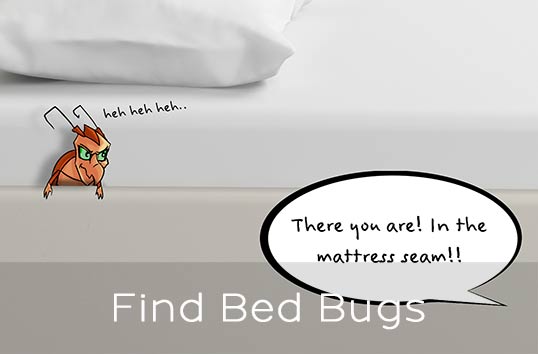
However, beds are not the only places these critters will hide. Some other places to inspect are:
- Baseboards
- Couch cushions
- Where the carpet meets the wall
- Behind wall-hangings
- Loose wallpaper or the seams where wallpaper meets the ceiling
- On carpet around beds and dressers
Step Two: Suck up all Bed Bugs you can see, and can’t see!
If you are seeing the bugs and know you have an infestation, then get out he vacuum with a crack and crevice tip and go to work. Take the vacuum over all the areas that were discussed in Step One, thoroughly cleaning each of these areas whether you see them or not. Vacuum all the beds and furniture in the home, and give the carpets a good cleaning as well.
Once the vacuuming is done, cleaning the vacuum to ensure re-infestation does not occur is paramount. If you own a vacuum that uses water to filter, you could be a step ahead. By submerging the bed bugs in the water, you have likely killed them already. However, discard the water and still do a thorough cleaning of the machine. If you have a vacuum that uses a bag, seal the bag in another plastic bag so the bed bugs aren’t able to crawl back out. If your vacuum simply uses a tank, seal up the contents and meticulously clean to be certain there are no stragglers. You should also change the vacuum filter if the machine uses no bag.
Step Three: Heat up, Pick up, and Seal up.
Take all bedding, linens, curtains, and clothing and wash on high heat, then dry on the hottest setting as well. The use of steam mop could also be beneficial here as well. Just spread the items out on a hard surface and go over the fabric, making use of the high-temperature steam. As stated before, heat kills these insects and their eggs. If you don’t want to wash or steam right away, at least seal these items in plastic bags until you are able to.
Next, clean up any clutter in the home. Get rid of any papers or magazines that are under beds or lying on the floor. If you don’t need it, throw it away outside of the home. If you do, place it outside for the time being.
Now you need to seal up any cracks where the insects could be hiding. Use caulk or drywall joint compound around cracks in walls, and around baseboards. Make sure to also glue down any loose wallpaper.
Step Four: Get rid of the bed bugs, once and for all!
If you are absolutely averse to chemicals being used in the home, there is an alternative to attempt first. As mentioned earlier, high heat kills the bed bug. You can use a steamer on beds, upholstered furniture, and carpets. Also, make sure you are thoroughly steaming around crevices and edges where the carpet meets the wall. Make sure that, once you have treated, you use bed bug proof covers on all mattresses and box springs.
If this does not work, or you feel that chemicals are the best choice, there are several good picks. Be sure to shop for insecticides that are EPA-registered. Most of the best treatments are specifically labeled for bed bugs, though some bed bugs have proven to be resistant to pyrethrins and pyrethroids. Some other good chemicals to use are dessicants, pyrroles, and neonicotinoids. Foggers and bug bombs are also effective, but I would recommend going in after the smoke has cleared with one of the other chemicals I cited, just to ensure that the cracks and crevices are thoroughly treated. There are also some plant oil-based products, like tea tree oil, available that work well against bed bugs. Rubbing alcohol and lemon grass powder are pretty good natural repellents as well. Don’t forget to use these treatments on any paper or magazines before bringing them back inside.
Step five: Keep looking for signs of bed bug infestation.
Bed bugs are notoriously difficult to get rid of. Once you have treated, it is important to inspect as you did in Step one. This should be carried out weekly for at least the first three months. I would recommend monthly inspections after that for about a year.
Step six: Develop good habits toward bed bug deterrence.
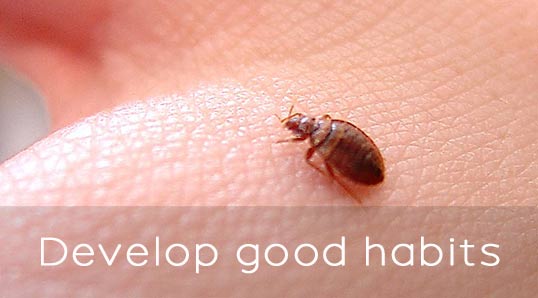
If these creatures have been ousted, it’s a good idea to take steps toward ensuring that they do not come back. Also, if you have lived through an infestation, it is entirely possible that one or two could have avoided detection but, regardless, having had the experience I am certain it is one you do not want to repeat. Practice the methods discussed earlier in the prevention section but go the extra mile.
First, it is a good idea not to bring second-hand furniture or bedding into the home but, if you choose to, thoroughly inspect before it ever crosses the threshold. Also, keep the bed off the floor. Higher bed frames or leg risers are a good defense simply because it means a challenging journey for the pest. Bed bug coaster traps are also a good idea in this regard as well. They can be placed under bed posts and have a rough outer surface that allows entry by the bed bug, but a smooth inner surface that traps them inside the coaster. You should also be certain that bedding is not touching the floor, and that you launder sheets, blankets, and bedspreads regularly, as well as clothing. And don’t forget to dry on high heat! Lastly, be a wary traveler. As discussed earlier, hotels can be nesting places for these vermin, but they can also be brought home if you happen to stay at a residence with an infestation. Check before you stay anywhere overnight and always safeguard your luggage.
If All Else Fails, Call in the Calvary!
As much as I hate to admit it, sometimes you need to call in the professionals when you can’t get the job done. I think we’ve been over this, but bed bugs ARE hard to fully exterminate. They breed quickly, they’re small and very resilient. If you’ve done all you can and are still seeing these creatures, or still experiencing itchy bites; its time to bring out the big guns. Professional exterminators have access to chemical treatments that the average person does not, and often they guarantee results.
